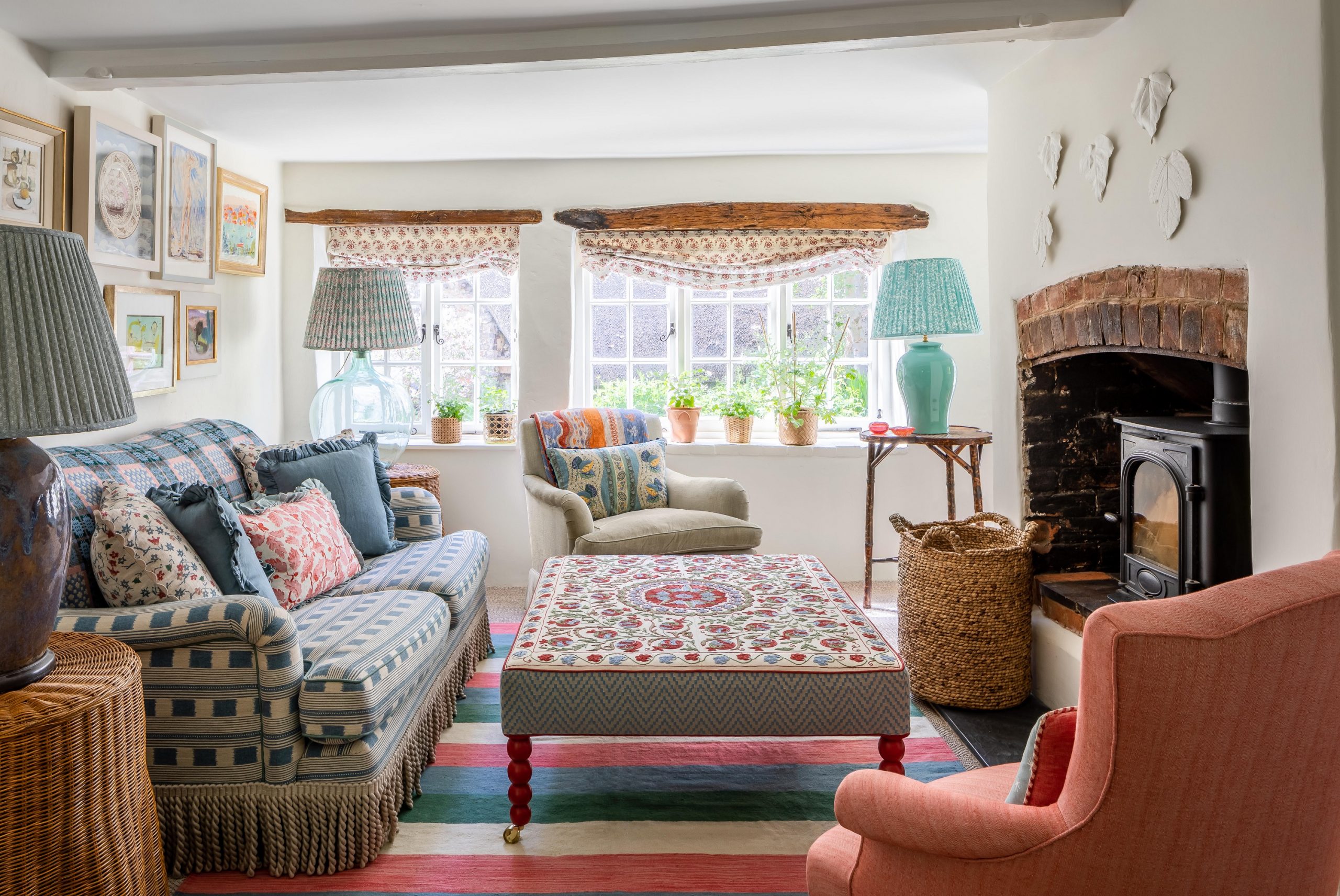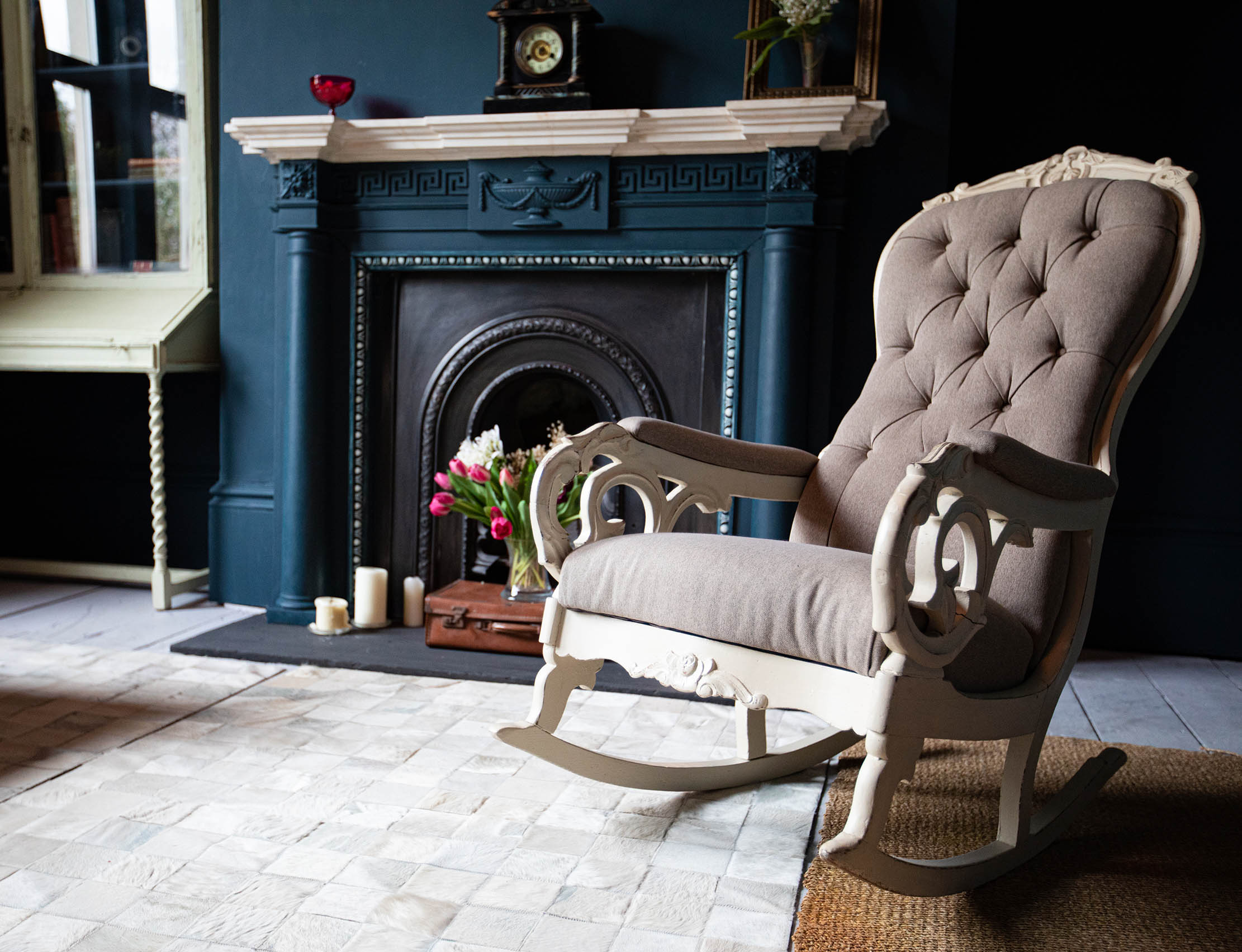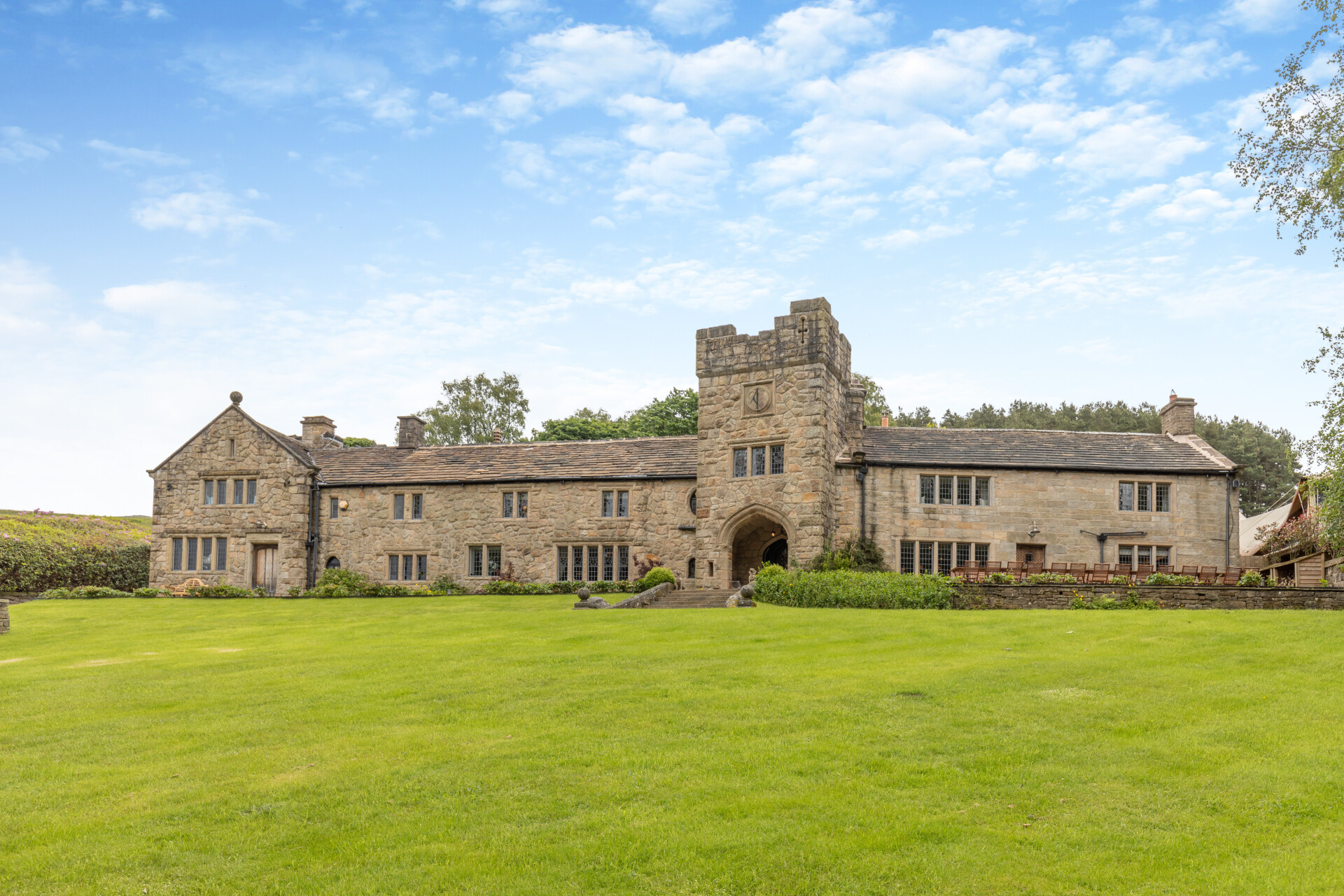Revolution or evolution? The reinvention of cottage interiors
The renewed popularity of cottages is spawning dramatically different approaches to their interiors.


It’s hard to know how much the current popularity of cottages derives from their quirky authenticity and how much from the fact that the exponential rise in values of larger country houses has put them beyond reach of all but the super wealthy. Whatever the answer, their reinvention is one of the most intriguing chapters in domestic architecture since the emergence of the chill hand of minimalism in the 1990s and the Spitalfields renaissance the decade before that kick started renewed interest in Georgian townhouses.
The manifestations are interesting, too; from the new Cotswolds aesthetic that is all open fires and flagstones to a new demand for barley-twist lamps, Toby jugs and brass bedsteads where our great grandparents would have felt at home.
Recently, however, there’s been a stylistic schism, with the purists for whom cottage living is all about minimal intervention and few concessions to the 21st-century on one side. For an insight, explore the moody, timeless interiors that fill the Inigo website where purists go to buy and sell — or simply to drool over visions of moody history in the raw. The site is awash with gushy prose on those living the dream: ‘Leo’s quiet study — book-lined and faintly chaotic — is the paragon of a writer’s eyrie.’ Another is a ‘palimpsest of the people who have loved it and lived in it’.
"There’s a middle ground in the work of interior designers who apply the same principles to the decoration of cottages as they do to large country houses"
At the polar extreme are the pragmatists, who look less to the past and more to Provence for lessons in how to achieve a careful blend of rustic chic and modernist glamour with underfloor heating. For a textbook example, look no further than the home of Bee Osborn or Emma Sims Hilditch’s schoolhouse, which has been dragged kicking and screaming into the 21st century and, despite its huge rustic charm, delivers the same creature comforts as any luxury city apartment.
As with any extremes, there’s a middle ground to be found in the work of interior designers who apply the same principles — and a certain amount of gusto — to the decoration of cottages as they do to large country houses, squeezing improbably large furniture, joinery, lamps and chintzy fabrics into their own less-palatial surroundings.
The interior designer Flora Soames is a master of the art, as demonstrated by her new book, The One Day Box, and her own Dorset Cottage, which offers all the reassuring comforts of a manor house in miniature. It demonstrates, very eloquently, that a cottage be anything you want it to be.

Buy once, buy well — and repair is better than replacement: The new philosophy of sustainable interiors
Sustainability relies on creating furniture and appliances that can be fixed — and the skills to do so, says Arabella
Sign up for the Country Life Newsletter
Exquisite houses, the beauty of Nature, and how to get the most from your life, straight to your inbox.

The death of the sitting room, and other design trends you'll see in 2023
Country Life's interiors expert Giles Kime has spent three decades living and breathing the world of design. Here's what he

Credit: Tom Howley
Yes, you can put a new kitchen in a Grade I-listed house — and this beautiful example shows how
Traditional cabinetry was a key ingredient in the sympathetic restoration of a Grade I-listed Tudor house in Shropshire.
-
 Some of the finest landscapes in the North of England with a 12-bedroom home attached
Some of the finest landscapes in the North of England with a 12-bedroom home attachedUpper House in Derbyshire shows why the Kinder landscape was worth fighting for.
By James Fisher
-
 The Great Gatsby, pugs and the Mitford sisters: Country Life Quiz of the Day, April 16, 2025
The Great Gatsby, pugs and the Mitford sisters: Country Life Quiz of the Day, April 16, 2025Wednesday's quiz tests your knowledge on literature, National Parks and weird body parts.
By Rosie Paterson